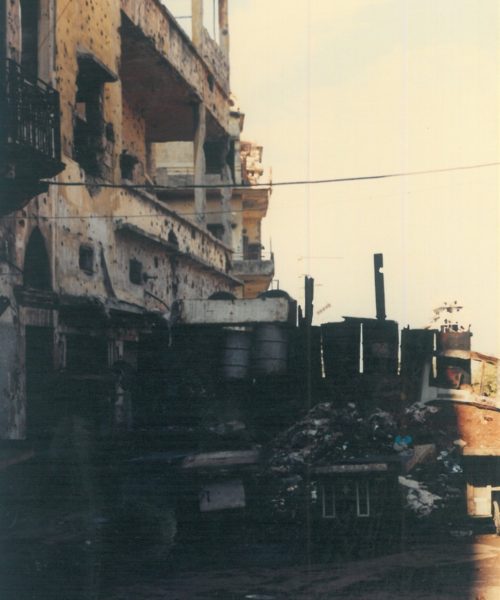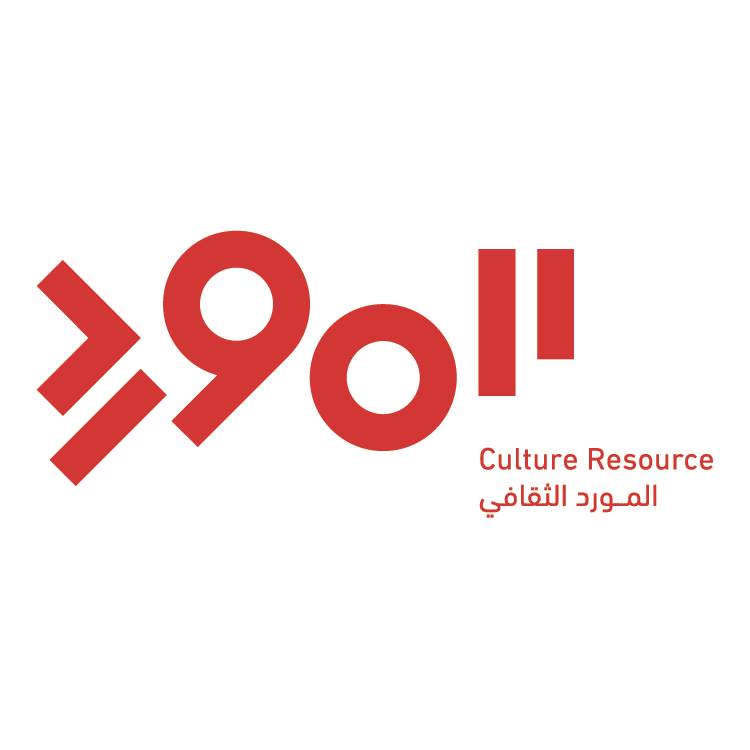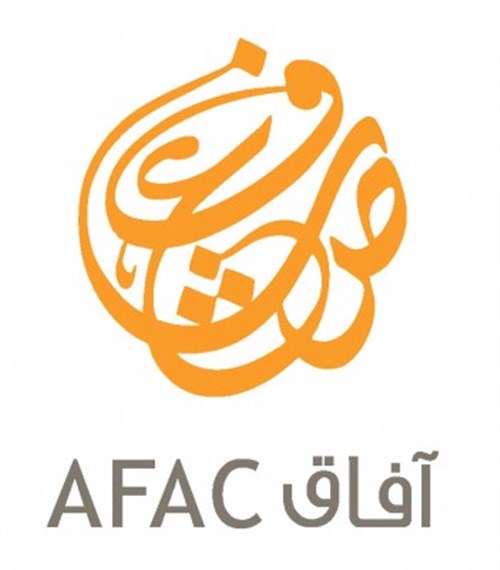/ HISTORY
How was Zico House given its name?
During one of his first exhibitions « Chorba », Rafic Majzoub wrote on the outside wall of the building: “Zico House” as a marker or address so that people would understand where the exhibition was taking place. This was the first time that the name was evoked.
Since the establishment of Zico House
In 1999, Beirut was selected to be the Cultural Capital of the Arab World; this was when the civil society organization for culture and development, « Zico House », was officially born.
Zico’s home was increasingly associated with the arts and soon, by word of mouth, it became the place where cultural events took place. With the gradual liberation of space from existing tenants, some ecological, social, and youth organizations settled in as well.
Since 1999, around 250 activities have been hosted in Zico House such as: exhibitions, lectures, video screenings, performances, concerts, meetings, workshops, poetry readings, installations, story telling, debates, theatre plays.
The impact of Zico House as a center for artistic creativity and experimentation is not only due to the quality of the works and innovative ventures, but to its unique cultural atmosphere and a constant inflow of people and ideas.
Since 2002, Zico House has dedicated three rooms on the 2nd floor for Residencies.
Before Zico House was founded

Built in 1935, located in the heart of Beirut in Spears Street, in the Sanayeh district, this charming traditional house was the family home of Mustapha Yamout (alias Zico). Lover of the arts and culture, he started using available spaces in the building for performance rehearsals. Soon, he realized the necessity for artists to have a space where they can create and express themselves. He then decided to promote and help emerging artists with interesting ideas and projects, especially those who didn’t have the means to produce their own work.
The Civil War
After the civil war, during the early 1990’s, Zico decided to transform this spacious building from a family house into an alternative space that housed contemporary art. This period was a time when a number of individual initiatives emerged and where Lebanon became a prime cultural location for the Arab region.
Encouraged by Zico, a number of artists decided to organize a large collective exhibition in the building, making visible the work of many unknown artists for the first time.
Among others, these artists included Marwan Richmawi, Flavia Codsi, Gilbert Hage and Elie Khalife, who later became established in the field of contemporary art and film.


Following this event, Zico set up a production house with friends and colleagues, “Beirut Media Production” with their offices based in Zico House. BMP produced the first theatre performance written by Boutros Rouhana, dedicated to Zico house.
This poetic and feverish work, « Al Haris », which was closer to a form of human installation than theatre, provided Zico House with its main mission:


